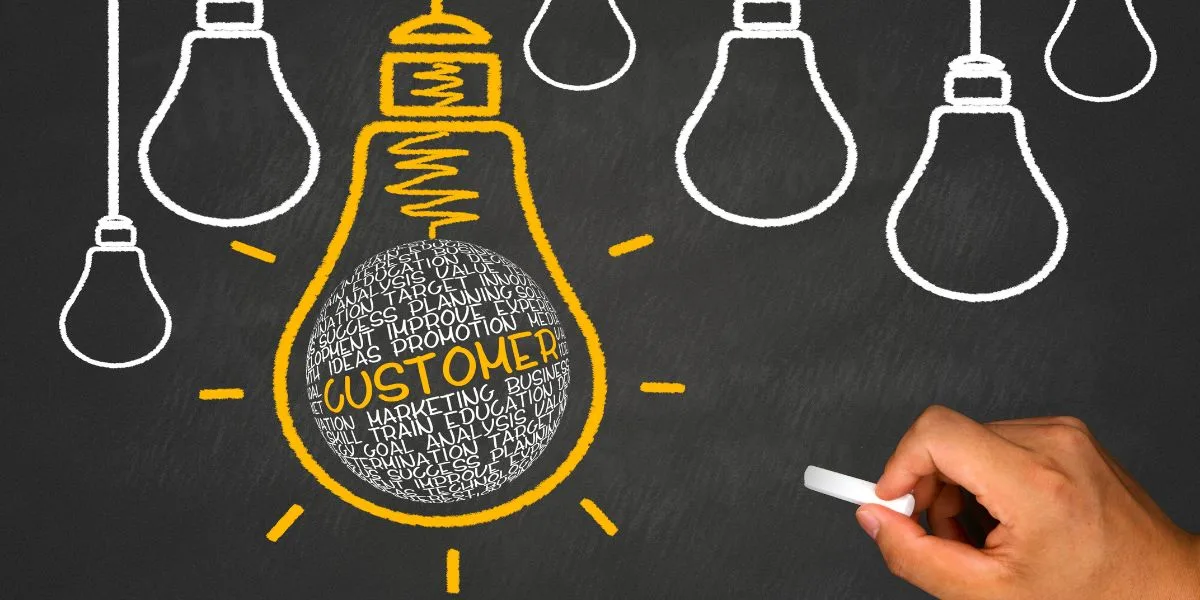Listen to this Article
In today’s fast-paced business world, the best way to get ahead is to work smarter, not harder. If you or your employees spend too much time repeating mundane tasks, your team risks burnout and loses valuable time that could be spent growing your business. Streamlining your intake process is one of the most effective ways to boost productivity. Why? Because it offers a dual benefit: saving time and improving your sales funnel.
What is the Sales Funnel?
The sales funnel represents the journey your prospects take on their way to choosing a service or product. It includes multiple steps in the buyer’s process, and the road isn’t always linear. Prospects might drop out of the funnel, backtrack, or re-enter at various stages.
A healthy sales funnel ensures your business continually attracts, engages, and converts prospects into loyal customers. However, inefficiencies—such as missed calls, disconnected emails, or delayed responses—can disrupt this process and result in lost opportunities. By streamlining your intake process and making a few key adjustments, you can patch these holes, keep prospects engaged, and close more deals.

Maximize Your Intake Process
Once a consumer enters the sales funnel, how can you ensure they stay engaged and move toward conversion? Your intake process—including phone calls, emails, and meetings—is crucial. Here are five ways to optimize your sales funnel and intake process:
1. Know Your Audience
Save your sales team time and increase conversion rates by zeroing in on the right prospects. Understanding your ideal audience—whether by age, demographic, location, buying habits, or interests—ensures you target individuals who are genuinely interested in your offerings.
To do this effectively, analyze customer data and segment your audience based on specific traits or behaviors. Use tools like CRM software or audience analytics to gain deeper insights. For example, if you’re targeting young professionals, platforms like LinkedIn or Instagram might be your best bet. For retirees, direct mail or community events might be more effective.
But knowing your audience is just the first step. You also need to determine how to reach them. Does your ideal audience prefer social media, direct mail, or webinars? Tailoring your approach to their preferences will yield better results.
2. Test Multiple Channels
Expand your reach! Multichannel marketing campaigns generate 250% higher purchase and engagement rates than single-channel efforts. This doesn’t mean you need to be active on every platform, but you should focus on those where your audience is most engaged.
Research which platforms resonate with your target audience and build your strategy accordingly. Whether it’s social media, email, or search engine ads, testing multiple channels helps you identify what works best for your business. For instance, running A/B tests can reveal whether an email campaign outperforms a paid social media ad. Additionally, consider seasonal trends and adjust your channel usage to align with consumer behavior.
3. Create Compelling Content
A strong brand identity is essential for optimizing your sales funnel. Building relationships with prospects requires consistent tone, voice, and imagery that align with your brand’s values.
On social media, share content that encourages likes, shares, and comments. For email campaigns, focus on timeliness and relevance. With direct mail, aim for pieces that are both personal and memorable. Examples include using storytelling techniques to humanize your brand or leveraging testimonials to build trust.
Compelling content marketing fosters engagement and builds trust with your audience. Educational materials like blogs, whitepapers, or webinars can also position your brand as an authority in your field, helping to nurture leads further along the sales funnel.

4. Use Strong CTAs
Are your calls-to-action (CTAs) driving results? A clear and urgent CTA can make all the difference. For example, “Download Your Free Guide Now” is likely to perform better than a generic “Download.”
Regularly review your landing pages to ensure clarity and test different CTAs to see which resonates most with your audience. The right CTA motivates action and keeps prospects moving through the sales funnel. Additionally, place CTAs strategically throughout your content—at the top, middle, and end—to capture attention at every stage of engagement.
Another tip: Use action-oriented language and highlight the benefits of taking the desired action. Phrases like “Claim Your Spot in Our Webinar Today” or “Get Your Free Consultation” emphasize value and urgency.
5. Personalize Your Outreach
Personalization is no longer optional—80% of customers are more likely to buy from brands that offer personalized experiences. Your prospects want to feel valued as individuals, not just numbers.
Incorporate personalization wherever possible. Mention recent conversations, reference prior interactions, or use drip campaigns that demonstrate you understand their needs. For instance, if a lead downloads a specific eBook, follow up with related resources or offers tailored to their interests. Personalized communication strengthens relationships and increases the likelihood of conversion.
Automation tools can help you scale personalization. For example, email marketing platforms can use dynamic fields to address recipients by name, recommend products based on browsing history, or send birthday discounts. The key is to balance technology with genuine human connection.
Take the Next Step Toward Business Growth
Ready to fill your pipeline with high-quality prospects? LeadingResponse’s expert marketing consultants are here to help you streamline your intake process and maximize your sales funnel.
Bonus Tip: Monitor and Refine Your Process
Optimization doesn’t stop after implementation. Regularly monitor your sales funnel and intake process to identify areas for improvement. Use analytics tools to track metrics like response time, conversion rates, and drop-off points within the funnel.
For instance, if you notice a significant drop-off after an initial inquiry, consider whether your follow-up strategy needs improvement. Are you responding promptly? Is the information you’re providing relevant and valuable? By identifying bottlenecks and addressing them, you can continuously refine your process and maximize results.
Save Time and Money
When your intake process and sales funnel work seamlessly together, your business will attract and retain clients more effectively. And what business doesn’t want that?
Efficient processes not only save time but also reduce operational costs. Streamlining repetitive tasks with automation tools, for example, allows your team to focus on high-value activities like building relationships and closing deals. Additionally, a well-optimized sales funnel improves customer satisfaction, leading to repeat business and referrals.
If you’re ready to streamline your intake process and boost customer acquisition, our marketing consultants can connect you with the ideal prospects to grow your business. By implementing these strategies, you’ll be well on your way to a more productive, profitable future.










